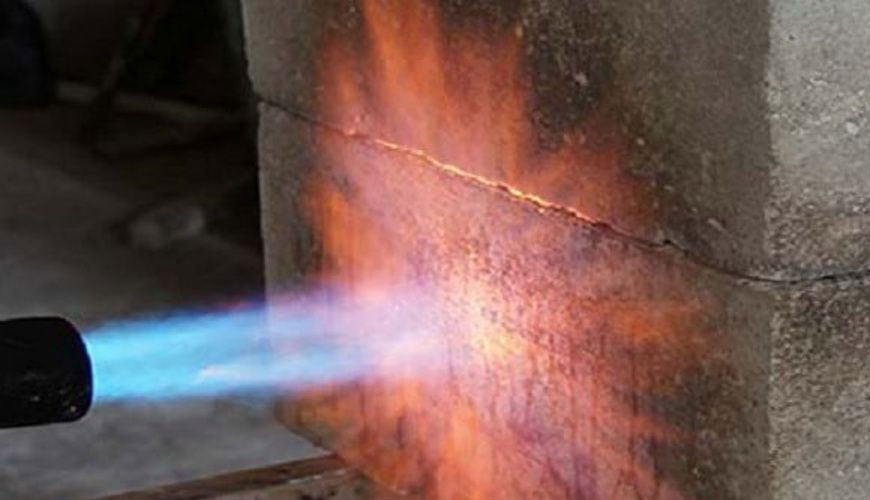

In the CAN/ULC-S102 standard published by the Canadian Standards Council, a test method is described for the surface combustion properties of all kinds of building materials that can support themselves in position with their structural properties or the way of application, or that can be supported in a test furnace with the characteristics defined in this standard.

The materials to be tested and classified according to the standard in question are:
For material with low thermal inertia that exhibits abnormal behavior in the test chamber, the materials are also tested according to the CAN/ULC-S127 standard.
For multilayer or composite materials where only the surface materials melt or drip during testing and the rest of the sample is self-supporting, one test is performed with support and one test without support. An additional test is carried out in accordance with standard test method requirements for the surface burning properties of floors, floor coverings and various materials and assemblies. An additional test is also performed in cases where it cannot be easily determined whether a material is thermoplastic or thermoset.
The primary purpose of the test described in the CAN/ULC-S102 standard is to determine the comparative combustion characteristics of the tested material or assembly by evaluating the flame spread on its surface when exposed to the test fire, and thus to determine on what basis the surface combustion characteristics of different materials or assemblies are.
The purpose of this method is not to record performance over the exposure period and to determine suitability for use after test exposure. This method is a way of evaluating the response of materials, products or assemblies to exposure to a particular fire under controlled laboratory conditions.
Among the numerous test, measurement, analysis and evaluation studies it provides for businesses in various sectors, our organization also provides standard testing services for the surface burning properties of building materials and assemblies within the scope of the CAN/ULC-S102 standard, with its trained and expert staff and advanced technological equipment. .
To get an appointment, to get more detailed information or to request an evaluation, you can ask us to fill in our form and reach you.